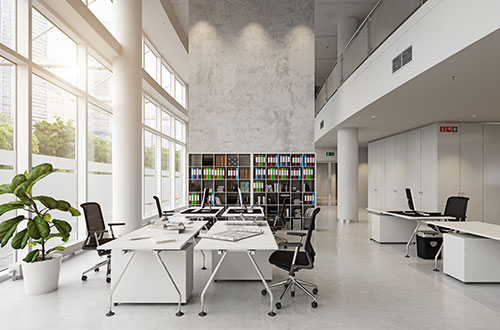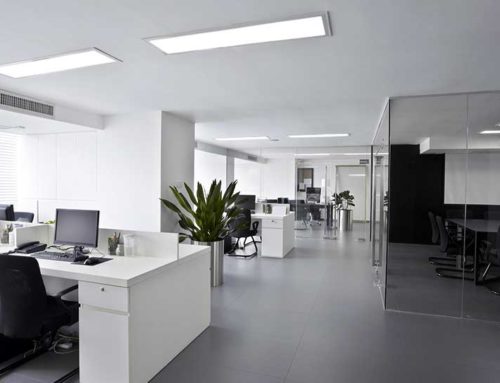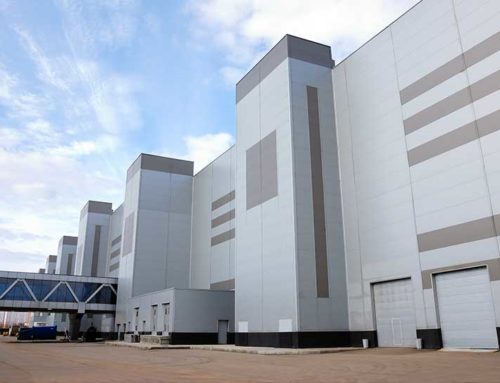I saw a poll recently commissioned by accounting giant PwC in August that concluded more than 40 percent of workers never want to go back to work at their offices. That’s up from 29 percent in January. Another PwC survey done earlier stated that 22 percent of executives prefer limited or no work-from-home schedules – and only 24 percent expect most employees to work remotely for a significant amount of time.
There’s a disconnect, and guess what, the disconnect between employers and employees is getting wider. Given how workers are willing to leave companies to work for others with more location flexibility and perhaps more pay, the writing is on the wall as to who wins in the end.
All the momentum toward return-to-work strategies during the second quarter of the year has vanished dramatically during the beginning weeks of the third quarter. And as numbers show, it is now tilting toward employers beginning to devise permanent plans to set up an office culture with work-from-home planted front and center.
In its weekly office building occupancy report in early July, Kastle Systems, which keeps track of building security access data, reported the national average occupancy of office buildings stood at 32.7 percent, a number that was expected to be substantially higher by now. By August, Kastle reported the occupancy number was even lower. However, the survey noted there was a slight uptick in occupancy during the Aug. 24 week. A survey done just days ago by Gartner showed 66 percent of the employers have delayed reopening their offices.
This has resulted in office buildings across the U.S. showing an increasing number of offices where lease holders are asking property managers to search for a company to sublease its office space. In the Raleigh-Durham metro area, only 13 percent of vacant space was available for sublease before the pandemic hit. During the June ending quarter this year, that number ballooned to 26 percent, and it is likely to go up even more when third quarter numbers come out.
So if there’s so much of existing commercial space available, what happens to the new construction of office towers? Developers continue to argue that there’s not much to worry about because metros such as Raleigh; Austin, Texas; Nashville, Tennessee; Phoenix and a few others are experiencing a net gain of jobs and people moving in. True, but there’s a problem with that theory. For one, these companies may require much smaller office spaces because they are resigned to the fact that a good part of their workforce will be remote. And two, in order to control costs, the sublease space may be the first one to go because leaseholders are interested in getting the cost off their books.
If I were a builder of apartments, townhomes and condominiums, I would add office nooks in the design of these new spaces. That’s because if remote work is here to stay, it is more than likely that companies would pick up some of the costs related to home offices. So a $1,300 monthly rental could be $1,000 because employers will pick up $300 a month. That, by itself, is far cheaper than $35 per foot or a $45 per foot office space lease in the long term.
Like anything, there would be challenges to this dramatic shift -issues relating to electronic security (imagine the corporate networks trying to grant access from all over), the need to keep workers engaged through collaboration and recognition (its not the same with Zoom or Teams) and the need for managers to meet team members during emergencies.
We will all learn to adapt. So will the commercial real estate industry.







Leave A Comment